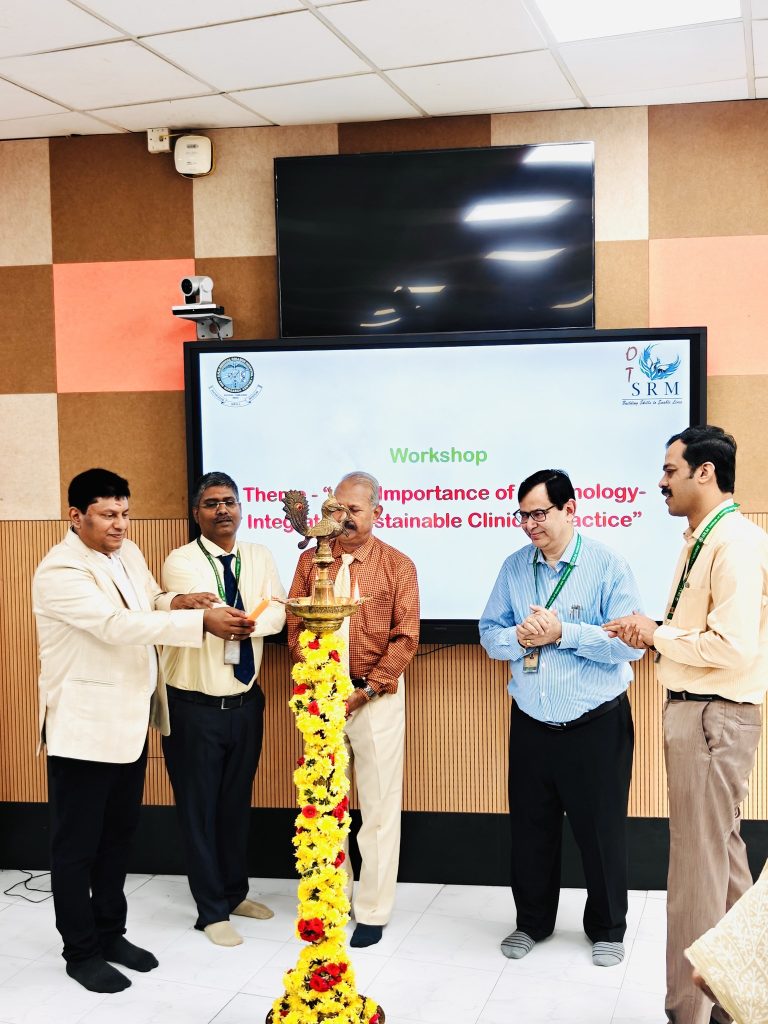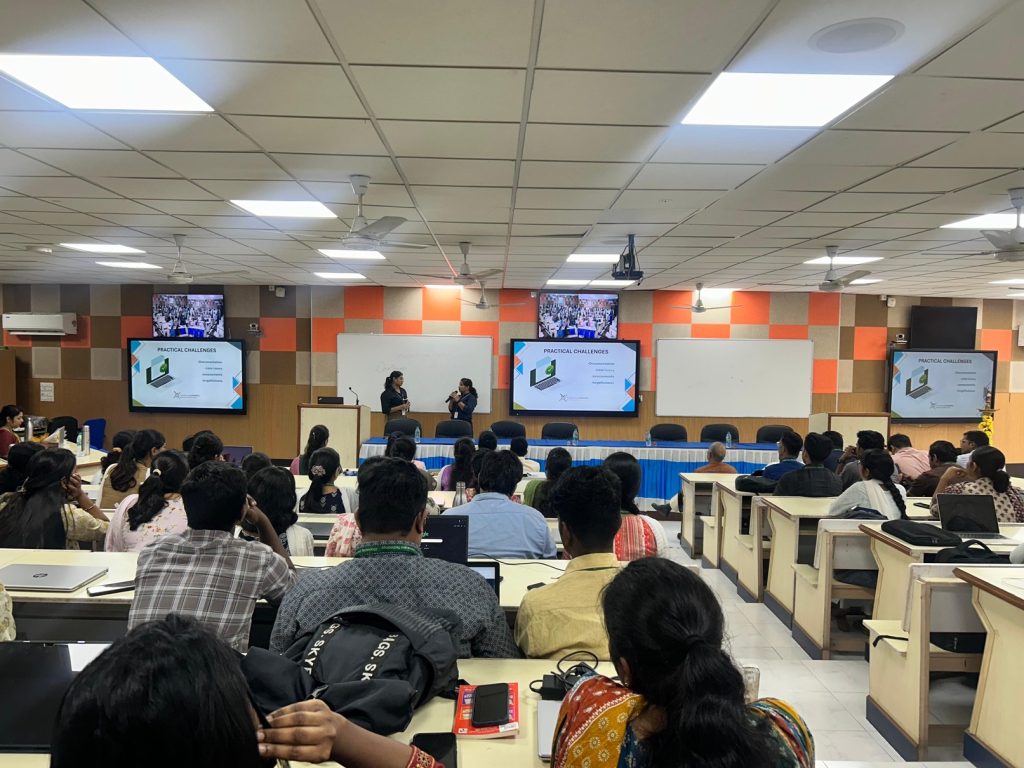Reading Time: 5 minutesWhen individuals seek therapy for mental, emotional, or physical health concerns, they often feel vulnerable. Therapy requires openness, communication, and trust. Understanding client expectations helps providers build long-lasting relationships and a strong reputation. This blog explores what clients expect from therapy providers and how meeting those expectations leads to positive outcomes and a trusted reputation.
1. Professional Qualifications and Expertise
Educational Background and Certifications:
Clients expect their therapy providers to be well-trained and highly educated in their specific therapy field. They want to ensure that their provider holds the appropriate degrees, certifications, and licensing required by law.
- Example: A licensed psychologist or speech therapist with advanced degrees inspires confidence.
Specialization and Experience:
Therapy professionals with experience in treating specific issues (e.g., speech delays, trauma, anxiety) are valued for their specialized expertise. Clients expect providers to have the skills and experience to address their unique concerns.
- Example: Parents seeking therapy for children with autism may prefer providers with a background in developmental therapies.
2. Empathy and Compassion
The Role of Empathy in Therapy:
Clients expect their therapy provider to be empathetic and compassionate. They want a professional who truly understands their concerns and creates a safe, non-judgmental space.
Building Emotional Connection:
The emotional bond between a client and therapist is one of the most significant factors in therapy success. Clients expect their therapists to listen actively, show compassion, and demonstrate understanding of their emotional struggles.
- Example: A therapist who listens carefully and validates a client’s feelings is often able to help deeper communication and a more positive therapeutic outcome.
3. Clear Communication and Transparency
Setting Expectations:
Clients expect open and honest communication about the therapy process, including the goals of treatment, the methods used, and the expected outcomes. Transparency helps clients feel comfortable and informed.
Progress Updates:
Regular progress reports and feedback are essential. Clients expect clear updates on their progress, challenges, and any adjustments needed to the treatment plan.
- Example: A speech therapist explaining the milestones to parents and providing feedback about their child’s progress is crucial for keeping them engaged and informed.
4. Confidentiality and Ethical Standards
The Importance of Privacy in Therapy:
Clients expect their therapy providers to uphold confidentiality at all times. Trust in the therapist-client relationship is often rooted in the knowledge that their personal, sensitive information will be kept secure.
Adherence to Ethical Guidelines:
Clients expect their providers to follow ethical guidelines set by professional associations and governing bodies. This includes maintaining boundaries, practicing honesty, and respecting the client’s autonomy.
- Example: Therapists should ensure that all written records, digital files, and in-person sessions comply with privacy laws such as HIPAA.
5. Approachability and Support
Availability and Responsiveness:
Clients expect therapy providers to be available for appointments and responsive when issues arise between sessions. This includes timely responses to phone calls, emails, or messages.
- Support outside of sessions can also contribute to a more comprehensive therapy experience.
Creating an Inviting Environment:
Whether in-person or virtual, clients expect a welcoming and comfortable environment. A warm, approachable way helps clients feel at ease.
- Example: A therapy office that is calm, gentle, and free from distractions sets the tone for productive sessions. Virtual sessions, too, should feel personal and engaging.
6. Flexibility and Adaptability
Individualized Therapy Plans:
Clients expect their therapy plans to be tailored to their specific needs. One-size-fits-all approaches are not typically effective. Therapy providers should be flexible and willing to adapt their methods to suit the client’s unique situation.
- This is especially important for children, where therapy plans need to evolve as the child grows or as new challenges arise.
Accommodating Client Schedules:
Clients often handle multiple responsibilities such as work, family, or education. Flexible scheduling and the ability to adjust appointment times can be a crucial factor in building strong client relationships.
- Example: Offering evening or weekend appointments for busy professionals can increase client satisfaction and retention.
7. Professionalism and Boundaries
Maintaining Professionalism:
Clients expect their therapy providers to maintain a high level of professionalism. This includes respect for the client’s time, clear boundaries, and avoidance of personal involvement with the client.
- Professionalism promotes trust and sets the stage for effective work.
Boundaries and Client Safety:
Establishing and maintaining boundaries is essential for both parties. Clients expect therapy providers to uphold these boundaries while ensuring that the relationship remains supportive, safe, and effective.
- Example: Maintaining an appropriate therapeutic distance can help both the therapist and client stay focused on the goals of the therapy.
8. Outcome-Oriented Treatment and Results
Goal Setting and Achievement:
Clients expect therapy to produce results. Whether the goal is emotional healing, behavioral change, or skill development, therapy providers must set measurable objectives and demonstrate progress over time.
- Example: If the goal is to help a child with speech delays, clients expect visible improvement in communication skills within a reasonable timeframe.
Empowerment and Self-Sufficiency:
A client’s ultimate goal is often to gain the skills necessary to manage their challenges independently. Clients expect therapy to empower them to take control of their mental health, emotional well-being, or physical recovery.
- Example: A therapist helping a client with anxiety should work towards equipping them with tools and techniques to manage their anxiety outside of the therapy session.
9. Consistency and Reliability
Stability in the Therapeutic Process:
Clients expect consistency from their therapist. This includes maintaining a steady schedule, being reliable in communication, and staying true to the agreed-upon methods and practices.
Long-Term Support:
Clients also look for providers who offer long-term support when necessary. They expect to have access to therapy services even after the initial treatment goals are achieved, particularly if new issues arise.
- Example: Offering follow-up sessions or check-ins after a client has completed their main treatment helps maintain trust and shows commitment to their well-being.
10. Client-Centered Focus
Empowering the Client:
Clients want to feel like they are active participants in their therapy journey. They expect their therapist to be receptive to their ideas, feedback, and preferences in treatment.
- Therapy should never feel like a one-sided process. The client’s voice should be heard throughout.
Cultural Competence:
Understanding and respecting a client’s cultural background, values, and beliefs is important for building trust. Clients expect therapists to be culturally sensitive and inclusive, creating a safe space for all.
- Example: A culturally efficient therapist will tailor their approach to respect and incorporate the client’s cultural context in treatment.
Conclusion: Building Trust and Reputation in Therapy
Building trust and a strong reputation is an ongoing process that involves meeting and exceeding client expectations. When clients feel heard, respected, and supported, they are more likely to stay engaged and refer others. A solid reputation is built over time through consistent, quality care and positive outcomes, which is essential in attracting and retaining clients in today’s competitive therapy landscape. XceptionalLEARNING platform plays a crucial role in enhancing therapy outcomes by offering personalized support tailored to each child’s unique needs. Through the integration of the Digital Activity Book, therapists can provide engaging and interactive activities that support the development of speech, language, and cognitive skills. These resources are designed to support Child Development and improve speech therapy programs for children. Contact us today at +91 8921287775 to learn how we can support your therapy practice!













